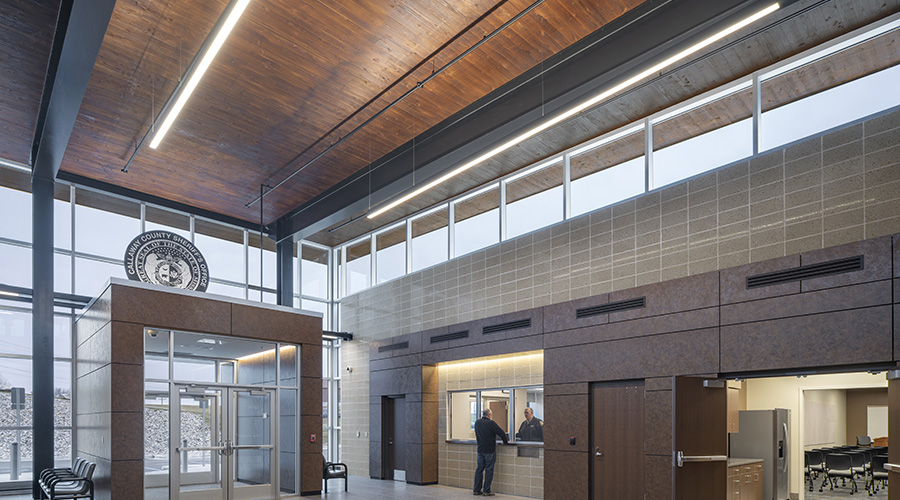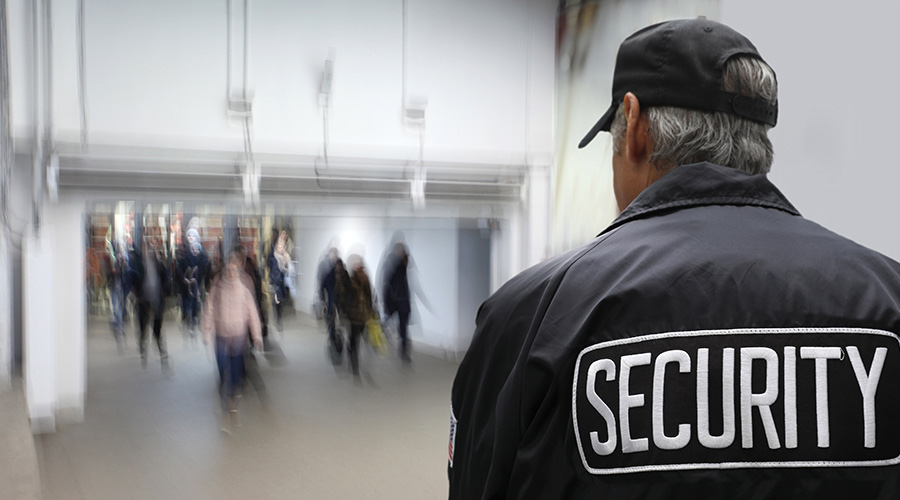Make Security Planning A Priority During Building Design
Too often — even in these days of higher security — the nitty gritty of security planning is an afterthought when a building is being designed. That can lead to regrettable moments during the design and construction process when security issues finally surface and the building owner suddenly realizes that more intensive security precautions might be required.
Sean Ahrens, global practice director for Aon's security consulting and design program, refers to these times as "Ah ha!" moments — times when building owners understand just how dangerous, and potentially costly, such security oversights can be.
To avoid those moments, security experts say that security planning should begin during the programmatic periods of building construction. The later that security is addressed, the more likely it is to cause significant change orders and a lot of headache to the architectural plans. But that's better than the worst-case alternative: The vulnerability isn't addressed and results in an incident that can cause insurance issues, litigation, or even bankruptcy for an organization.
"The main reason security isn't included more often in the planning stages of construction is because it accounts for 1 — maybe 1.5 — percent of total cost of a building. There's no return on investment, because the return would be on potential problems," says Ahrens.
The problem, says Ahrens, is that security attempts to solve a problem that hasn't yet happened. How do we know the effectiveness of a preventive measure if it succeeds in preventing the problem from ever occurring?
"It's a classic chicken-and-egg scenario," he says.
Why Security Is Overlooked
Security is not considered a basic design criteria on most projects, unless the building is something like a bank or an embassy, says Randy Atlas, president of Atlas Safety and Security Design.
"Security becomes a painful and expensive afterthought," he says.
Part of the reason why is because security is often regarded as hardware: the cameras, gates, and access control. But in reality it's a design issue, say experts. By its nature, security also needs to be seen as a set of architectural features — and not just things like bollards in front of a lobby, but also how and where mechanical equipment is sited within a building, accessibility to the physical aspects of a building's communication networks, and more.
"Consider circulation patterns and protection of assets," Atlas says.
He recommends risk assessments that are conducted as part of the architectural programming, and says that architectural or environmental design will ultimately save money, give a market advantage of being a safe and secure building, and result in a more user-friendly and secure building for occupants.
"If the risk assessment is done in the architectural programming phase, then the needs are established [for] technological solutions," says Atlas. "The technology systems will first start to emerge in design development when outline specs are being developed. The technology is fully designed as part of construction documents and specifications. The architecture then supports the security services of access control, video surveillance personnel cargo and vehicle screening, intrusion detection, emergency communications, and IT, plus more traditional security measures."
Related Topics:














